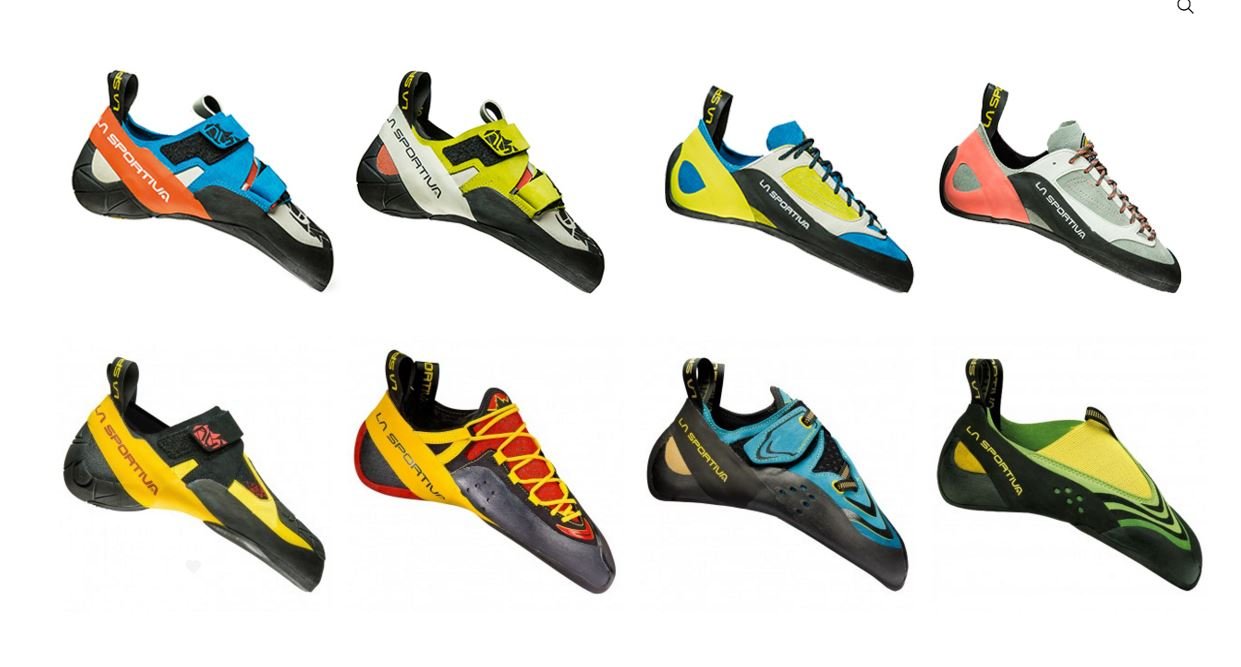
_1920x1920.jpg)
(Photo/Clayton Shaver)īased on La Sportiva’s specs, I attribute much of the boot’s power to the cuff’s height and 30% carbon reinforcement (that’s where the “CR” in the name comes from).

Yes, the TX103 is a remarkably nimble and easy-to-ski big ski, but the point still stands: The Skorpius can pilot a wide range of skis and punches above its weight class. That progressive flex kept me from going “over the bars.” Overall, it paired quite nicely with the TX103. The Skorpius brought the power and foothold required to pilot the bigger ski.

My TX103s don’t play nicely with all lightweight boots, especially in mixed conditions.Īlas, I was surprised again. I took them out another day, this time paired with my bigger ski, a 189cm Kastle TX103. I’m more accustomed to the rigid wall or knee-to-ski collapsing dichotomy that plagues lightweight boots.Īt the bottom of my first run on my Black Crows Orb Freebird, I was scratching my head why do I have a two-boot quiver for backcountry skiing? (Photo/Clayton Shaver) Testing on Other Skis The cuff and tongue provide a dense and progressive flex that I certainly wasn’t expecting from such a light boot. They feel more like the first time I ever put on the venerable Dynafit Vulcans, which from the cuff up, felt like an alpine boot. In this regard, they don’t feel like lightweight touring boots typically do. When you lock down the Skorpius, one thing is immediately apparent: There’s a lot of cuff and tongue pushing back on your shins. But I made it through without any pain meds or blister mitigation. Sure, my feet weren’t thrilled after 9 hours in ski boots. With hooves like these (ultra-high arches), it’s rare that I can put on a new boot and go for any tour without pain or blisters. On my third day in the boot, about 28 miles into a training tour for an upcoming long-distance skimo race, I was flummoxed. The factory footbed is ultra thin, so you’ll want to replace it immediately. I ended up adding thin heel shims under the liner to mitigate slight heel lift - which I add to almost every boot along with my own footbed. I soon realized that touring boots don’t have to be painful to ski well. When I first put the boots on, I thought they may have been too big given that my toes weren’t absolutely smashed. I haven’t felt the need to mold them because the toebox is so generous. Overall, the Skorpius’ thermomoldable liners, paired with a wide shell last, and are quite comfortable. My stalwart Intuition liners, for example, put up more resistance. That has a lot to do with the liner’s flex inserts. The lack of resistance within that range also sets the boot apart from others in the category. I doubt my ankle could handle more than that anyway. Their 68-degree range of motion is impressive. They’re about 70 g lighter than the Scarpa F1, yet 90 g heavier than the new Salomon MTN Summit Pro. At 1,190 g per boot (size 27), they are competitive in the just-over-1kg class of boots. The Skorpius’ impressive specs translate to the uphill. That’s if they can get along with the BOA dial and Velcro strap buckles.Ĭheck Price at La Sportiva La Sportiva Skorpius CR II Review The Up Dedicated human-powered skiers in search of a lightweight do-it-all touring boot will find a friend in the Skorpius. At a scant 1,190 g per boot, they rise to long days in the backcountry, big spring missions, and even the occasional skimo race. In short: La Sportiva’s new Skorpius CR II ($849) is one of the few lightweight touring boots powerful enough to drive your entire backcountry ski quiver. I had a lot of fun testing the Skorpius in Colorado’s Gore Range with a quiver of skis over many miles and snow conditions, both excellent and treacherous. It’s a newly updated lightweight boot from La Sportiva that provides vastly more support than other boots in its class. I had remarkable control over my Kastle TX103s through the chunder. I attribute a lot of that relative success to my boot not folding over with each punch through the crust. I pointed it downhill and pushed forward into my first few crunchy turns. I’ve learned the hard way that crusts like this eat lightweight touring boots for breakfast. Instead, it had been baking in the late winter sun and refreezing each night, forming the harshest breakable crust all season. The entire south aspect of the route I was on hadn’t seen fresh snow in over a week. I was deep into a ski tour when I started to question why I hadn’t turned around earlier.


 0 kommentar(er)
0 kommentar(er)
